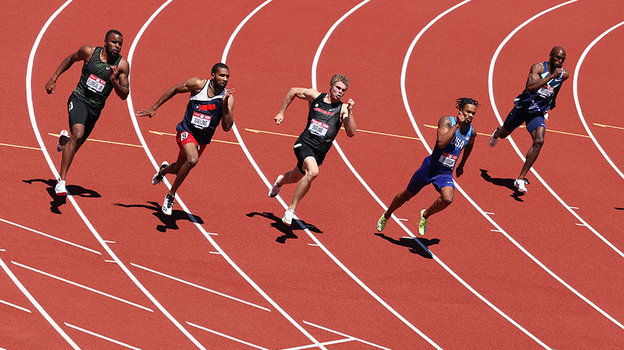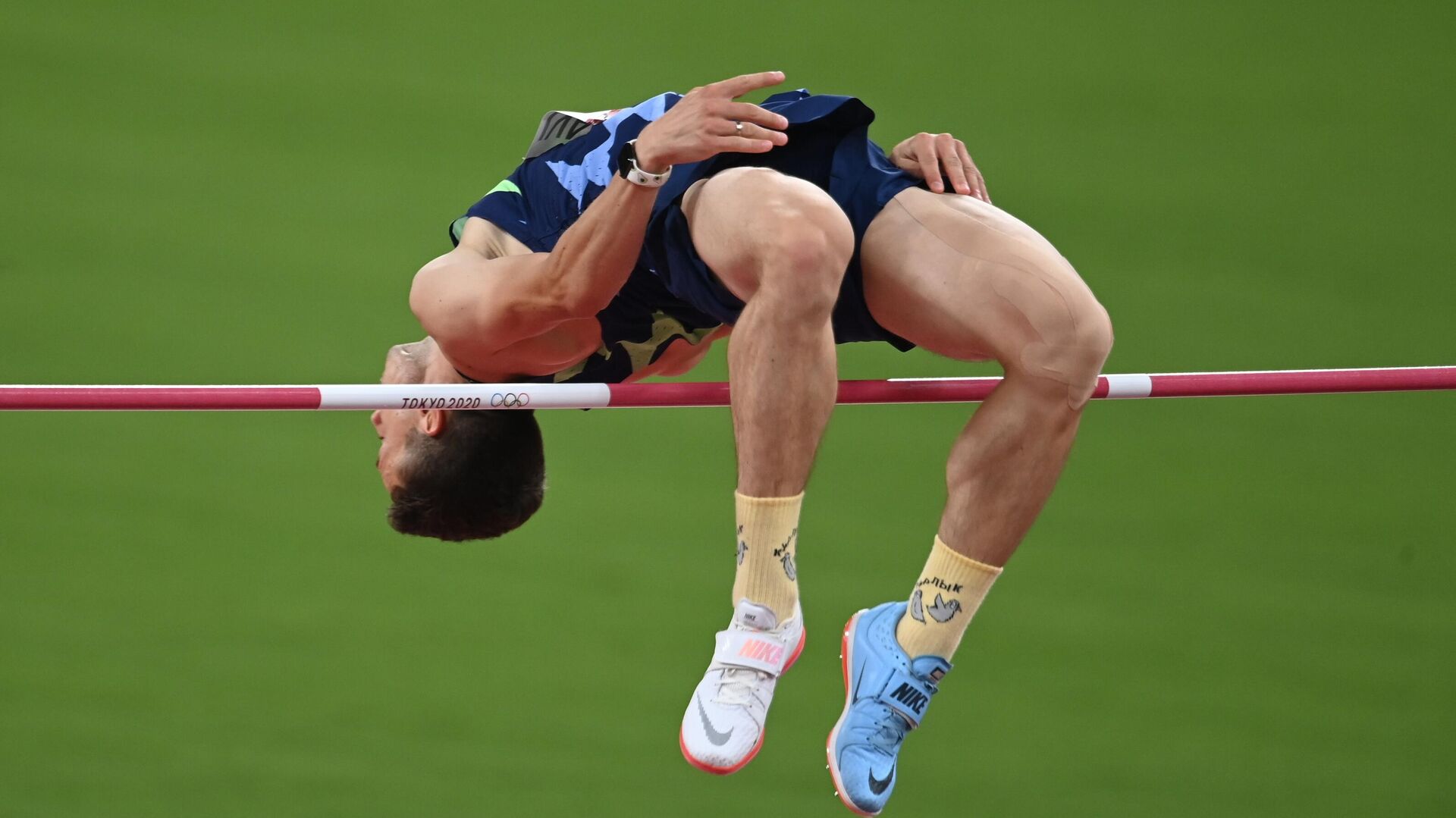Athletics is an Olympic sport that includes track and field events, race walking, all-around and technical events. Athletics is called the queen of sports because it is one of the most massive sports and its disciplines have always played the largest number of medals at the Olympic Games. Athletes are athletes who practice one or more types of athletics.
History of the development of athletics
Athletics is considered to be a very ancient sport, as evidenced by ubiquitous archaeological finds (coins, vases, sculptures, etc.). The oldest of athletics is running. By the way, the run was carried out at a distance equal to one stage – one hundred and ninety-two meters. It is from this name that the word stadium comes from.
The ancient Greeks called all physical exercises athletics, which in turn was usually divided into “light” and “heavy”. They referred to athletics exercises that develop dexterity and endurance (running, jumping, archery, swimming, etc.). Accordingly, all exercises that developed strength were classified as “weightlifting”.

The first Olympic champion in athletics is considered to be Koroibos (776 BC), this date is considered to be the beginning of the history of athletics. The modern history of athletics originates from competitions in running over a distance of about 2 km by college students in Rugby (Great Britain) in 1837.
Later, the competition program began to include sprinting, hurdles, weight throwing, long jumps and running height. In 1865, the London Athletic Club was founded, which was engaged in the popularization of athletics.
In 1880, an amateur athletic association was organized, uniting all athletics organizations in the British Empire. The rapid development of athletics is associated with the Olympic Games (1896), in which she was given the highest place.
Athletics rules
The athlete or team that has shown the best result in the final races or final attempts of technical disciplines is considered the winner in athletics competitions.
- Running types of athletics, as a rule, are divided into several stages:qualification;
- ¼ finals;
- ½ final;
- the final.
The number of participants in the competition is determined by the regulations of the competition, while men and women do not participate in general starts.
Athletics stadium
Athletics stadiums are open or closed. Usually the stadium is combined with a football stadium and a field. The outdoor stadium consists of an oval 400 meter track, which in turn is divided into 8 or 9 lanes, as well as sectors for technical disciplines. Often, javelin or hammer throw competitions are taken out of the stadium, this is done for security reasons.
Closed stadiums (arenas) differ from open ones by a shorter track (200 m) and the number of lanes into which it is divided (4-6 pcs.).
Types of athletics
Let’s look at what sports are included in athletics.
Race walking is an athletics discipline that differs from running in that the athlete must have constant foot contact with the ground. Race walking competitions are held on the track (10,000 m, 20,000 m, 30,000 m, 50,000 m) or highway (20,000 m and 50,000 m).
Running is one of the oldest sports for which official competition rules were approved, having been included in the program since the very first modern Olympic Games in 1896. Running in athletics is represented by the following types: sprint, middle-distance running, long-distance running, hurdling, relay race.
Types of running in athletics
Short distance running (100 m, 200 m, 400 m), non-standard distances include 30 m, 60 m, 300 m.
Middle distance running (800 m, 1500 m, 3000 m), additionally 600, 1000, 1610 m (mile), 2000 m.
Long distance running (5000 m, 10000 m, 42195 m).
Steeplechase 2000 m in the arena and 3000 m in the open stadium.
Hurdles (women – 100 m, men – 110 m, 400 m).
Relay race (4×100 meters, 4×400 meters).
Jumps are divided into vertical (high jump and pole vault) and horizontal (long jump and triple jump).
High jump is a track and field athletics discipline, which refers to vertical jumps of technical types. The jump consists of a run-up, preparation for take-off, take-off, crossing the bar and landing.
Pole vault is a technical discipline that refers to vertical jumps. In this jump, the athlete needs to go over the bar (without knocking it over) using an athletics pole.
- The long jump belongs to the horizontal jumps and requires sprinting qualities and jumping ability from the athletes.
- The triple jump consists of a run-up, three alternating jumps and a landing.
- Throwing is an exercise for athletes that requires “explosive” muscular effort. The goal in this event is to move the projectile to the maximum distance from the athlete.
Types of throwing in athletics

Throwing a grenade or ball, the weight of the grenade is 700 g for men, women and middle-aged boys throw a grenade weighing 500 g. The balls have a weight of 155-160 g.
Hammer throw, the male hammer weighs 7.260 kg and the female hammer 4 kg.
Discus throw, men’s disc weighs 2 kg, women’s – 1 kg.
Javelin throw. The male spear weighs 800 g and has a length of 260-270 cm, the female spear, respectively, 600 g and 220-230 cm.
All-around is a sports discipline that includes competitions in several disciplines of the same or different sports.
Men’s decathlon (summer season): 100m, long jump, shot put, high jump, 400m, 110m hurdles, discus throw, pole vault, javelin throw, 1500m run
Women’s heptathlon (summer season): 100m hurdles, high jump, shot put, 200m run, long jump, javelin throw, 800m run.
Men’s heptathlon (winter season): 60m run, long jump, 60m hurdles, shot put, high jump, pole vault, 1000m run
Women’s pentathlon (winter season): 60m hurdles, high jump, shot put, long jump, 800m run
There are also less common types, such as competitions in the men’s decathlon program for women. Sometimes also the founders of commercial competitions can hold all-around events according to a non-standard program.
To date, the program of the Olympic Games includes 24 events for men and 23 events for women.
